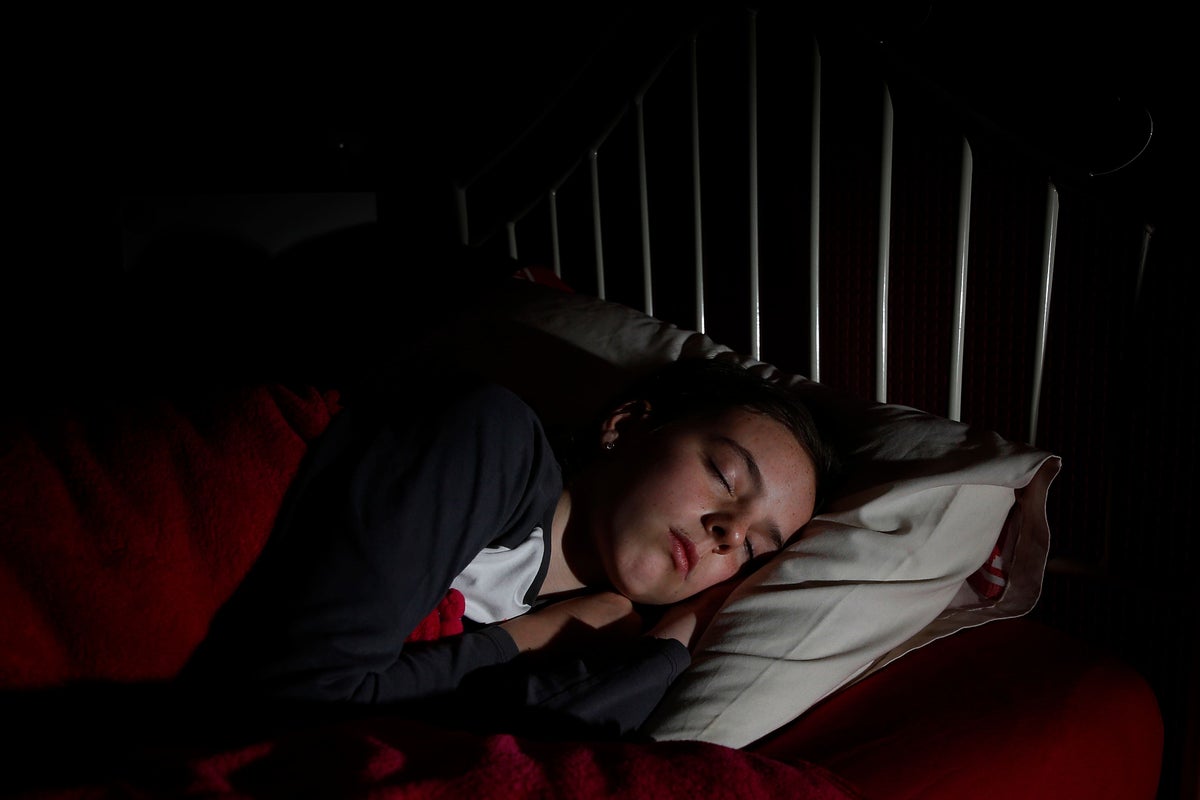
Scientists have shown that people can hear and understand others while asleep and respond to them by contracting their facial muscles, in a new breakthrough study that reimagines our understanding of the brain’s mechanisms during various stages of sleep.
The research, published in the journal Nature Neuroscience, shows that the mental state between wakefulness and sleep is much more porous than previously thought.
“Our research has taught us that wakefulness and sleep are not stable states: on the contrary, we can describe them as a mosaic of conscious and seemingly unconscious moments,” study co-author Lionel Naccache from Pitié-Salpêtrière University in France explained.
The new study suggests that windows of connection with the outside world temporarily open during sleep.
In the study, researchers recruited 22 people without sleep disorders and 27 patients with narcolepsy – a disorder in which patients experience uncontrollable episodes of daytime sleepiness.
Patients with narcolepsy are known to have many lucid dreams, in which they are aware of being asleep with some who can even shape their dream scenario as they wish.
They also quickly enter REM sleep – the stage where lucid dreaming occurs – making them good candidates for studying consciousness during sleep.
All the study participants were asked to take a nap and the researchers gave them a test, in which a human voice pronounced a series of real and made-up words.
The participants had to react by smiling or frowning to categorise them into one or the other categories, while their brain and heart activity, as well as eye movements and muscle tone, were recorded.
“Most of the participants, whether narcoleptic or not, responded correctly to verbal stimuli while remaining asleep. These events were certainly more frequent during lucid dreaming episodes, characterised by a high level of awareness. Still, we observed them occasionally in both groups during all phases of sleep,” Dr Arnulf said.
By assessing the participants’ data, scientists showed that it is possible to predict the opening of these windows of connection with the environment – meaning they could gauge when during sleep people could best respond to stimuli.
“Our data suggests that lucid dreamers have privileged access to their inner world and that this heightened awareness extends to the outside world,” Dr Naccache said.
Scientists called for further studies to determine whether the frequency of the opening of these communication windows is correlated with sleep quality, and whether they could be exploited to improve sleep disorders or even facilitate learning.
Further understanding of the brain mechanisms underlying these intermediate states can help treat sleep disorders, researchers say.
The new research also indicates that it may be possible to develop new protocols to communicate with sleeping individuals that could help better understand how mental activity changes during sleep.
“When they are dysregulated, they can be associated with disorders such as sleepwalking, sleep paralysis, hallucinations, the feeling of not sleeping all night, or on the contrary of being asleep with your eyes open,” study co-author Isabelle Arnulf said.
Currently, to determine which stage of sleep a person is in, researchers typically use indicators like brain waves made visible through electroencephalography, however, these indicators do not provide a detailed picture of what is happening in the minds of sleepers.
“We need finer physiological measurements that align with the sleepers’ experience. It would help us define their level of alertness during sleep,” Delphine Oudiette, another author of the study, said.







